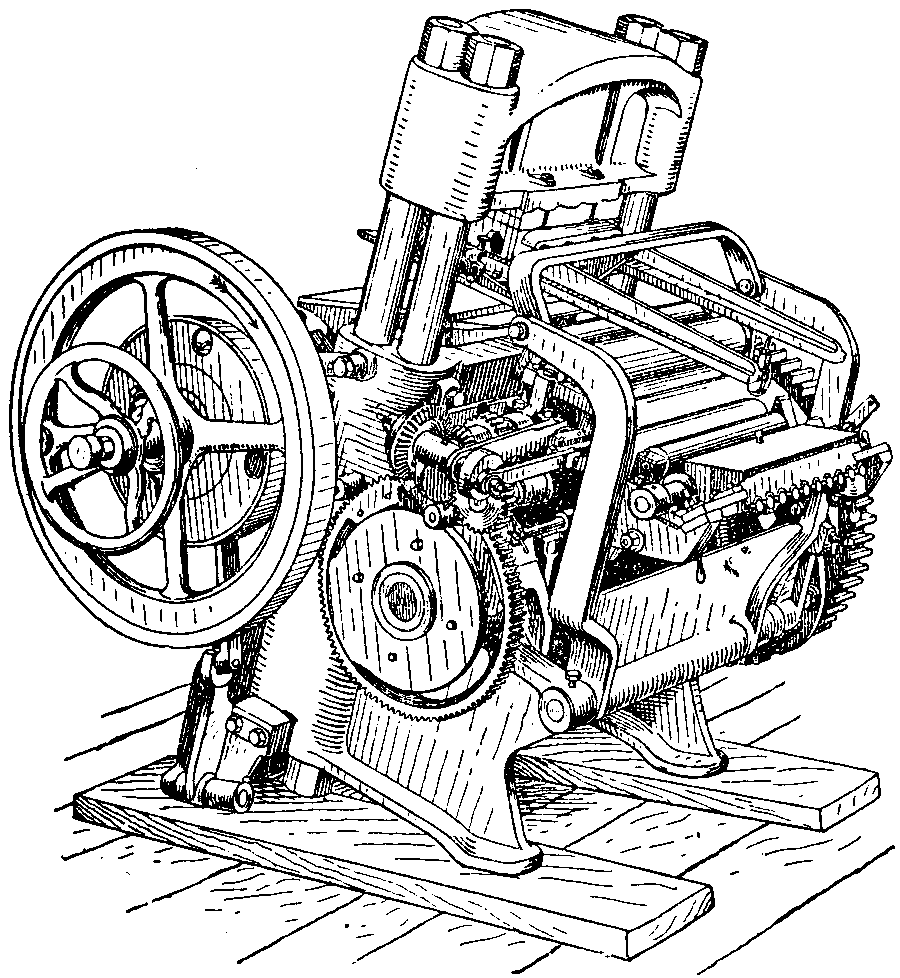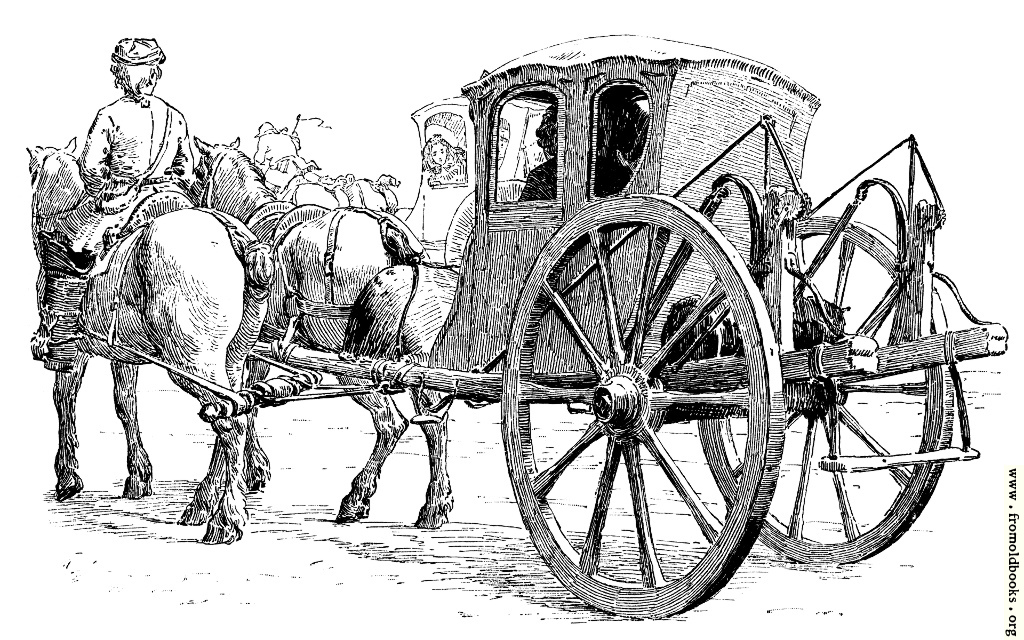The Pressure To Automate

What do self driving cars, call chains, check-in terminals, and recommendation systems have in common? They are all part of an overarching trend: Automation.
When products can be easily substituted and get commoditized, prices are reduced towards the marginal cost level (Econ 101). This trend of price deflation is very stable.
As more and more products and services are commoditized and producers become price takers, prices go down. Understanding the dynamics of this stable trend yields many exciting opportunities, because we *”can build a business strategy around the things that are stable in time”* (Jeff Bezos).

In my current project, I’m helping a portfolio company to automate order processing by integrating large partners worldwide. I can’t help but wonder how early we are in the age of automation.
Although, automation has been around since the first guy figured out how to put a carriage on a horse, I believe automation is really just starting out.
In theory no company would make any profit. Unless of course, a company finds a way to operate under lower cost than the others. This is what generates the demand from businesses for automation.

This is why companies are trying to automate as many things as they can. And now this *”run for automation”* is starting to jump out of internal processes right into the consumer’s lives.
We start to experience automation everywhere:
- Self-service
- Airport check-ins
- Supermarket cashiers
- APIs
- Travel bookings
- Content sharing
- Machine Learning
- Recommendation systems
- Claims processing
As the examples above show, automation is counterintuitive: Things that are naturally easy for us, like picking up all kinds of objects, have proven hardest to automate. On the other hand, we’ve made most progress in automating harder things such as rational decision making. This is known as Moravec’s Paradox.